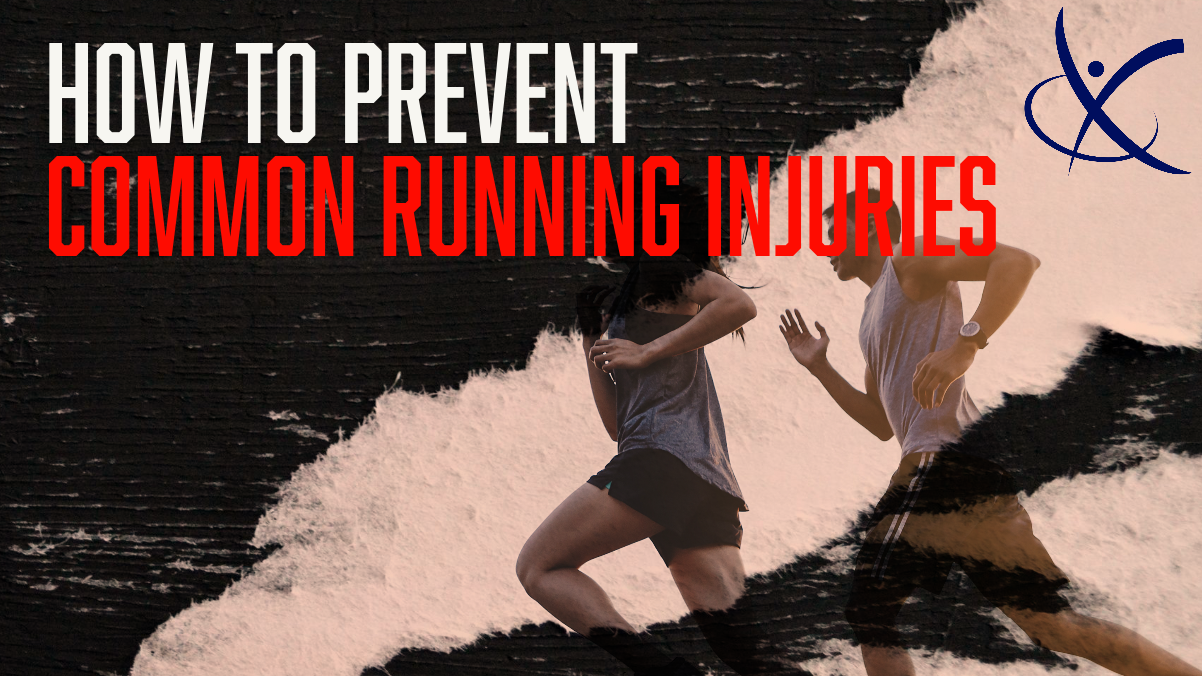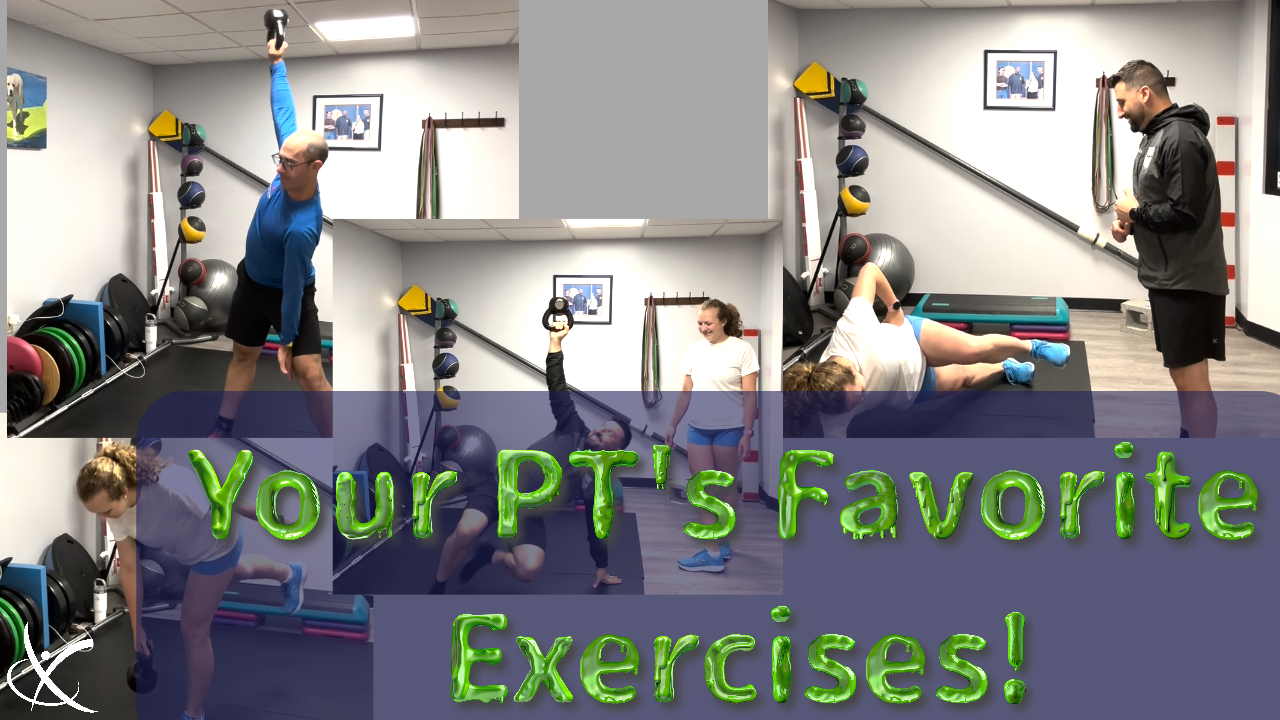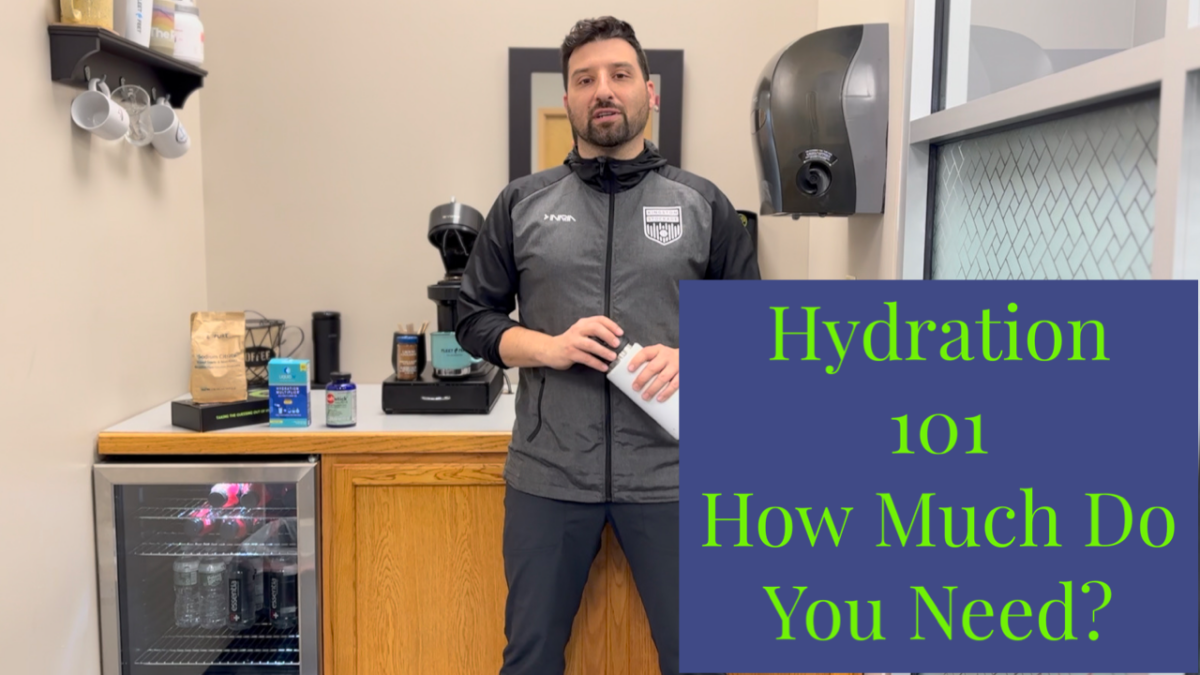
4 Effective Ways to Prevent Common Running Injuries
June 10, 2023
6 Exercises That Physical Therapists Love
July 9, 2023Hydration – How Much Do You Need?
As we approach the warm and humid Summer months, it’s appropriate to discuss proper hydration during exercise. This is actually more of a refresher from last year’s content on the same subject. Not that much has changed, but rather the message bears repeating often. Regardless of your sport of choice, or type of exercise, if you’re going to be moving around outdoors then it’s an important message to recap.
Your body needs fluids to maintain proper blood volume. It sounds simple but it’s not as simple as drinking the day before and the morning of the event and hoping you’ll be good enough. We need a constant intake of fluids to keep blood plasma volume up. This is what increases the total amount of blood we have coursing through our body and it is crucial for a few reasons.
One is that this is how we deliver proper fluid levels, energy stores, red blood cells, oxygen, etc. to your body as you’re moving. During exercise the demand is even higher and we want to ensure adequate supply to the demand. This will also help make sure there is enough blood to aid in digestion for any carbohydrates (think sugars during exercise) and hopefully reduce risk of upset stomach.
Another reason is that sufficient blood volume helps thermoregulate. As you exercise you generate and release heat. Sweating is one way to your body attempts to keep you from overheating. But sufficient blood plasma helps keep fluids retained and helps your body use what it needs to remain regulated and from overheating.
If you sweat heavily, or if its a hot/humid day then you will need more fluids than on a cool Fall or Winter morning. Although on those days fluids are necessary whether you feel like you want to drink or not. On the lower end, 750ml of fluids per hour is the bare minimum. We’re talking lower temps and efforts. On average, 1-1.5L/hour is ideal. On a very hot/humid day and prolonged efforts, up to 2L/hr is not out of the realm of necessities.
It seems like a lot, and that’s because it can be. You certainly need to train yourself to be able to take that much in during efforts. You’re better of sipping consistently at regular intervals than chugging water sporadically. This will help with even absorption and prevent sloshing. I set a timer on my watch every 5-8 minutes to remind myself to sip from my stores.
The follow up to the hydration is that you also need to drink fluids with electrolytes in order to absorb the fluids. Long story short: If you’ve ever tried to hydrate and end up running to pee every 15 min then you’re not actually hydrating yourself. You’re just peeing out what you’re taking in and you’re also diluting whatever electrolyte stores are already in your body. Electrolytes, most commonly sodium, are needed at a concentration of 750mg per liter in order to maximize fluid absorption/retention. So don’t just drink water, make sure you consume your electrolytes WITH your fluids. If you’re looking for a recommendation there are a number of products out there. My current favorites are LMNT, Precision Hydration, Salt Stick, NeverSecond, etc. You can even grab a bag of sodium citrate from the grocery store and use a tablespoon to add 400+ mg without feeling like your’e drinking the ocean.
I’m happy to report I purchased a fancy new gadget that analyzes my sweat and I’ll be doing a follow up series on this. So far I’m happy with the purchase because I’m finding out that I need much more fluids/sodium than I had previously assumed. I’m excited to share the content soon.
While you’re waiting, go have fun shopping for salt!
Happy Training!





